Portraiture is a genre of art that has been an essential part of human expression throughout history. With its roots dating back to ancient civilizations, portraiture has served as a means to document individuals, represent status and power, and explore the human condition. In the context of African art, portraiture has played a significant role in expressing the cultural, social, and political identities of individuals and communities.
In recent years, African artists have gained increasing recognition in the global art scene for their unique perspectives, innovative techniques, and powerful messages. These artists are challenging conventional norms of portraiture by incorporating distinctive cultural elements, utilizing innovative techniques, and addressing social and political themes, thus redefining the genre in the contemporary art world. This journal will delve into the various ways African artists are pushing the boundaries of portraiture, providing case studies of notable artists and examining the impact of their work on the international art community.
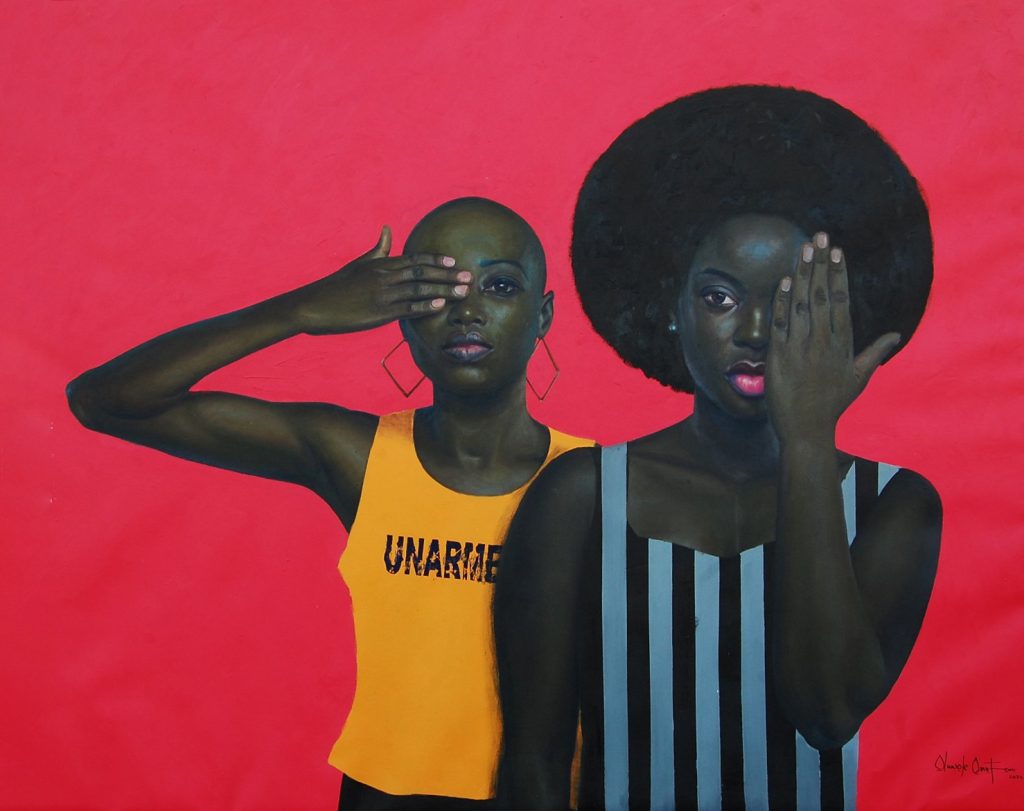
Unique cultural elements in African portraiture
African portraiture is deeply rooted in the diverse cultural heritage of the continent. As a result, many African artists incorporate unique cultural elements, such as symbols, motifs, and traditional aesthetics, into their works to reflect their identities and the histories of their communities. This fusion of traditional and contemporary artistic styles allows African artists to create a distinct visual language that sets their work apart from conventional Western portraiture.
For example, Ethiopian-born artist Aïda Muluneh incorporates traditional Ethiopian body painting and motifs into her photographs. Muluneh’s striking portraits feature bold colors, intricate patterns, and symbolic elements that reflect her cultural heritage while simultaneously challenging the viewer’s expectations of portraiture.
Innovative techniques and mediums used by African artists
African artists are not only incorporating cultural elements into their work but also pushing the boundaries of portraiture by experimenting with a wide range of mediums and techniques. Traditional mediums, such as painting and sculpture, are often combined with modern technology, digital manipulation, and unconventional materials to create innovative, multidimensional works that defy categorization.
South African artist and visual activist Zanele Muholi, for instance, employs photography to create intimate portraits of LGBTQ+ individuals within the South African community. Muholi’s work challenges traditional notions of portraiture by presenting her subjects in a powerful and unapologetic manner, utilizing high contrast black and white photography to accentuate the subjects’ unique features and experiences.
Social and political themes in African portraiture
Portraiture has long been a medium for addressing social and political issues, and African artists are no exception. Many African artists use their work as a platform to engage in dialogue about race, gender, identity, and other critical topics. By addressing these issues, their art contributes to social change and raises awareness of the diverse experiences and perspectives of the African diaspora.
Nigerian artist Toyin Ojih Odutola is known for her intricate drawings and paintings that explore the complexities of identity and the African diaspora. Through her work, Odutola challenges racial stereotypes and encourages viewers to question their assumptions about the subjects she portrays.
Notable African artists redefining portraiture
There are numerous African artists making waves in the international art scene by redefining portraiture. In addition to Aïda Muluneh, Zanele Muholi, and Toyin Ojih Odutola, artists such as Yinka Shonibare, Kehinde Wiley, and Njideka Akunyili Crosby have garnered attention for their innovative approaches to the genre.
Irma Stern – Breaking all African Art Records
Irma Stern, a South African artist who lived and worked during the first half of the 20th century, is another important figure in the history of African portraiture. Born in 1894 and trained in Germany, Stern returned to South Africa in the 1920s and became a key figure in the country’s modern art scene. Her work, which spans various media including painting, drawing, and sculpture, often explores themes of identity, cultural exchange, and the beauty of the African continent.
Stern’s portraiture is characterized by her use of vibrant colors, expressive brushstrokes, and a keen sense of observation. She frequently depicted subjects from diverse ethnic backgrounds, including people from various African communities, European settlers, and people of mixed race. In doing so, Stern challenged the racial prejudices and social divisions that existed in South Africa during her lifetime.
Though her work predates the contemporary African artists discussed earlier, Irma Stern’s contributions to the field of portraiture remain significant. Her commitment to capturing the diverse beauty and complexities of African life has had a lasting impact on the art world and has laid the groundwork for subsequent generations of African artists who continue to push the boundaries of portraiture.
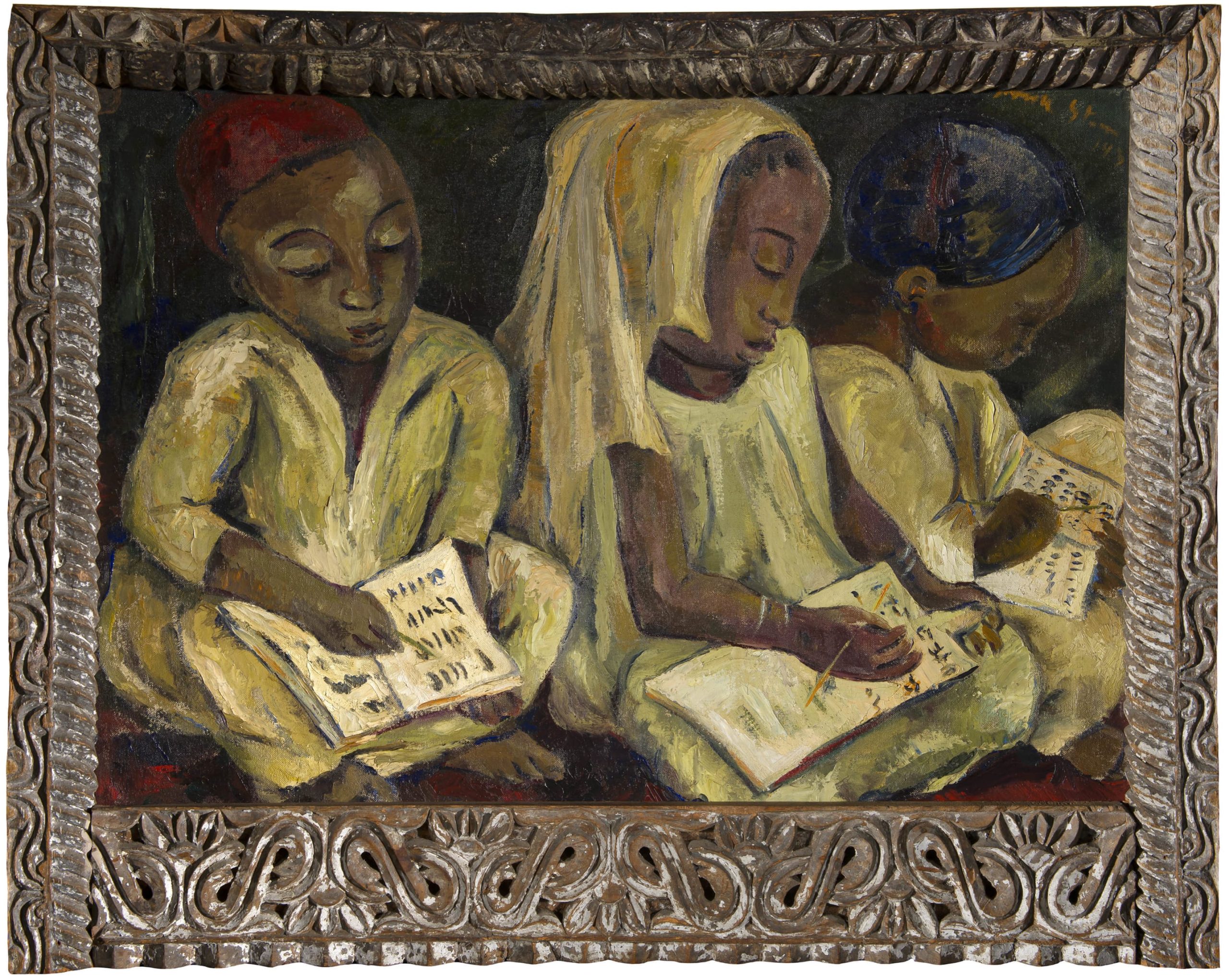
Oluwole Omofemi – Africa’s rising Star
Oluwole Omofemi, a contemporary Nigerian artist, is yet another example of an African artist who is redefining portraiture. Known for his vibrant, expressive paintings that celebrate African beauty, culture, and identity, Omofemi’s work contributes to the ongoing dialogue about representation and self-expression within the art world.
Omofemi’s distinct style is characterized by his use of bold colors, dramatic brushstrokes, and powerful imagery. His portraits often feature African women with natural hairstyles, showcasing their strength, grace, and resilience. In doing so, Omofemi challenges societal norms and beauty standards while celebrating the diversity and richness of African culture.
Yinka Shonibare, a British-Nigerian artist, is known for his unique sculptural installations that feature life-sized mannequins dressed in traditional African textiles. Shonibare’s
work challenges conventional notions of portraiture, using fabric as a metaphor for identity and exploring themes of colonialism, race, and globalization.
Kehinde Wiley, an American artist of Nigerian descent, creates large-scale paintings that fuse classical portraiture with contemporary urban culture. By placing young Black men and women in the roles of European aristocrats and nobles, Wiley’s work subverts traditional power structures and invites viewers to reconsider the representation of Black individuals in art history.
Njideka Akunyili Crosby, a Nigerian-born, Los Angeles-based artist, combines painting, drawing, collage, and printmaking techniques to create intricate, layered portraits that reflect her experiences as a Nigerian immigrant in the United States. Akunyili Crosby’s work addresses themes of cultural hybridity, belonging, and identity, offering a unique perspective on the complexities of the African diaspora.
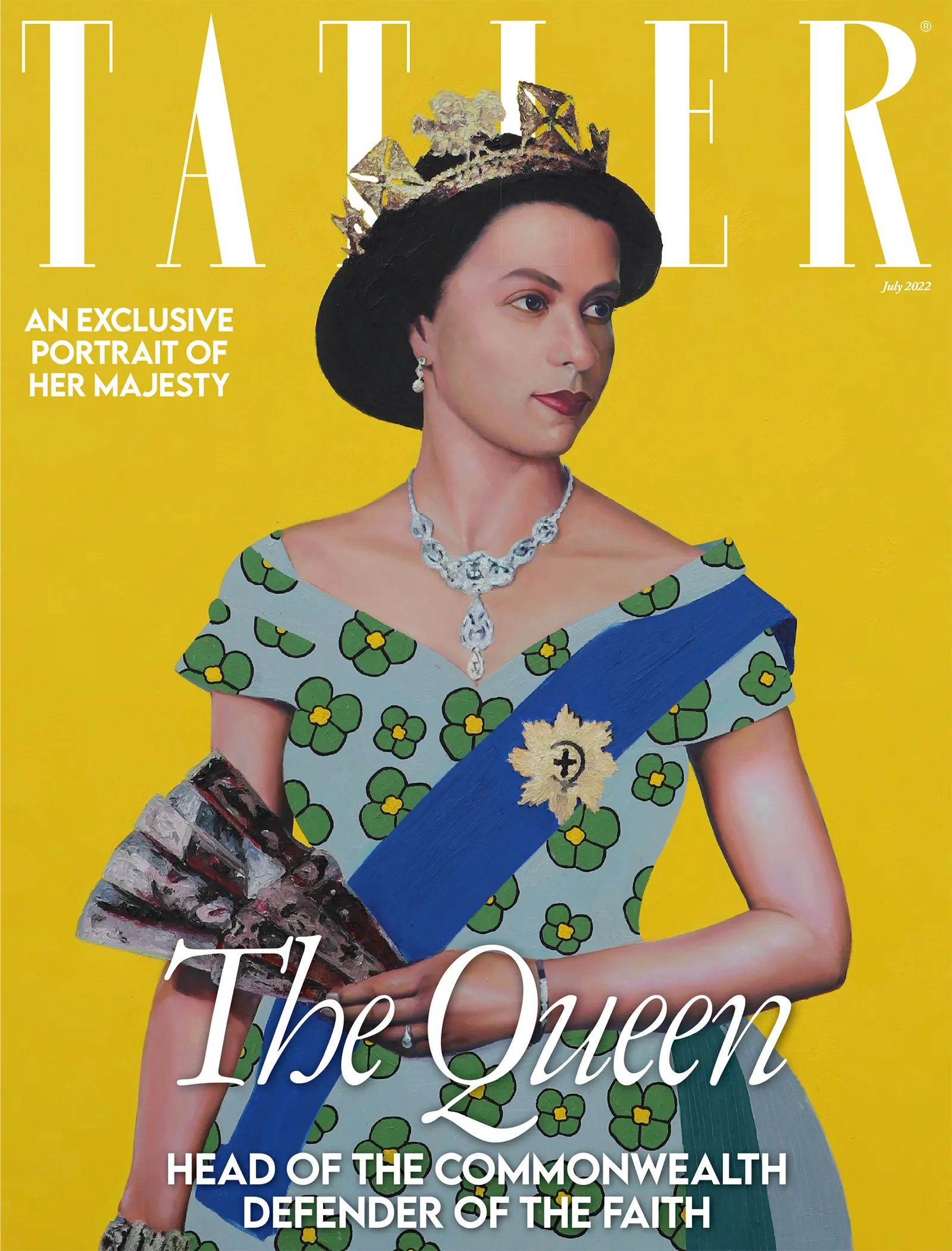
In conclusion, African artists are redefining portraiture in a myriad of ways by incorporating unique cultural elements, utilizing innovative techniques, and addressing social and political themes. Notable artists such as Irma Stern, Oluwole Omofemi, Aïda Muluneh, Zanele Muholi, Toyin Ojih Odutola, Yinka Shonibare, Kehinde Wiley, and Njideka Akunyili Crosby are pushing the boundaries of the genre, challenging conventional norms, and paving the way for a more inclusive and diverse representation in the art world.
The significance of African artists pushing boundaries in portraiture extends far beyond the art community. Their work encourages a global appreciation for diverse artistic expressions, promotes cultural exchange and understanding through art, and has the potential to inspire continued growth and innovation in the genre.
As the international art community continues to embrace the work of African artists, their impact on redefining portraiture will undoubtedly expand. These artists are not only reshaping the way we view and understand portraiture, but they are also contributing to a broader conversation about the importance of diversity, representation, and cultural exchange in our increasingly interconnected world. By challenging conventions and pushing boundaries, African artists are leaving an indelible mark on the art world and beyond.

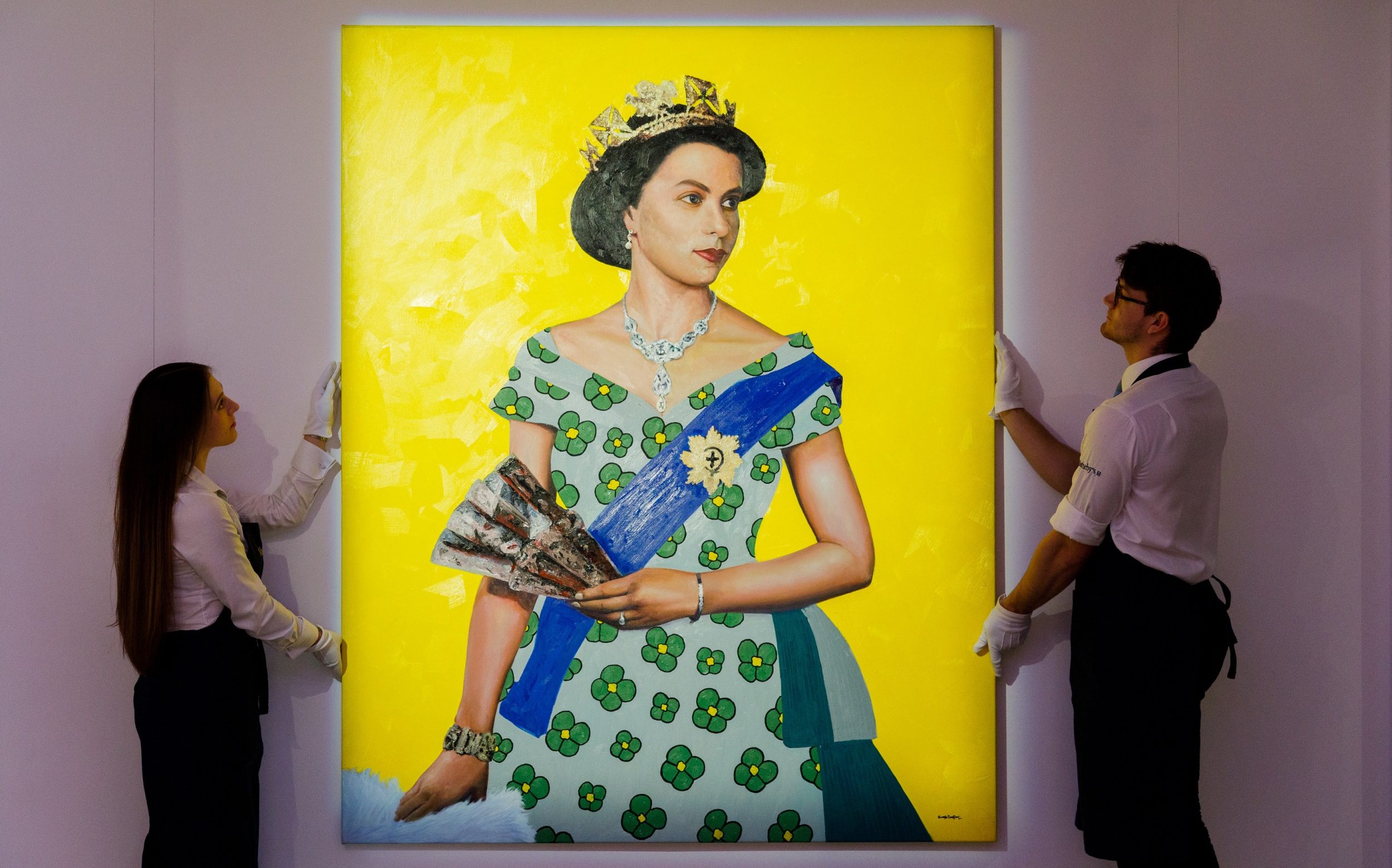
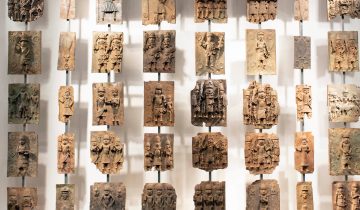
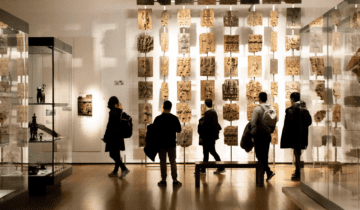
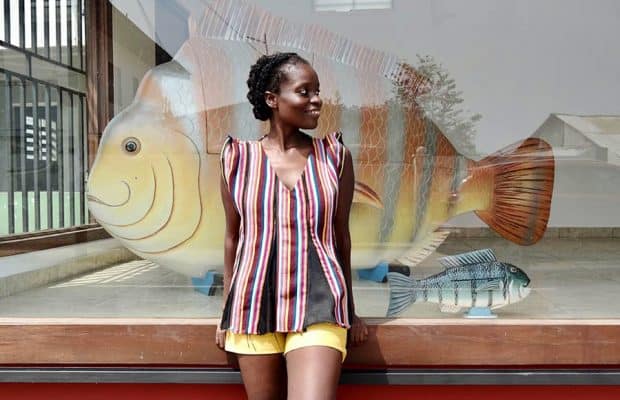
 No products in the basket.
No products in the basket.